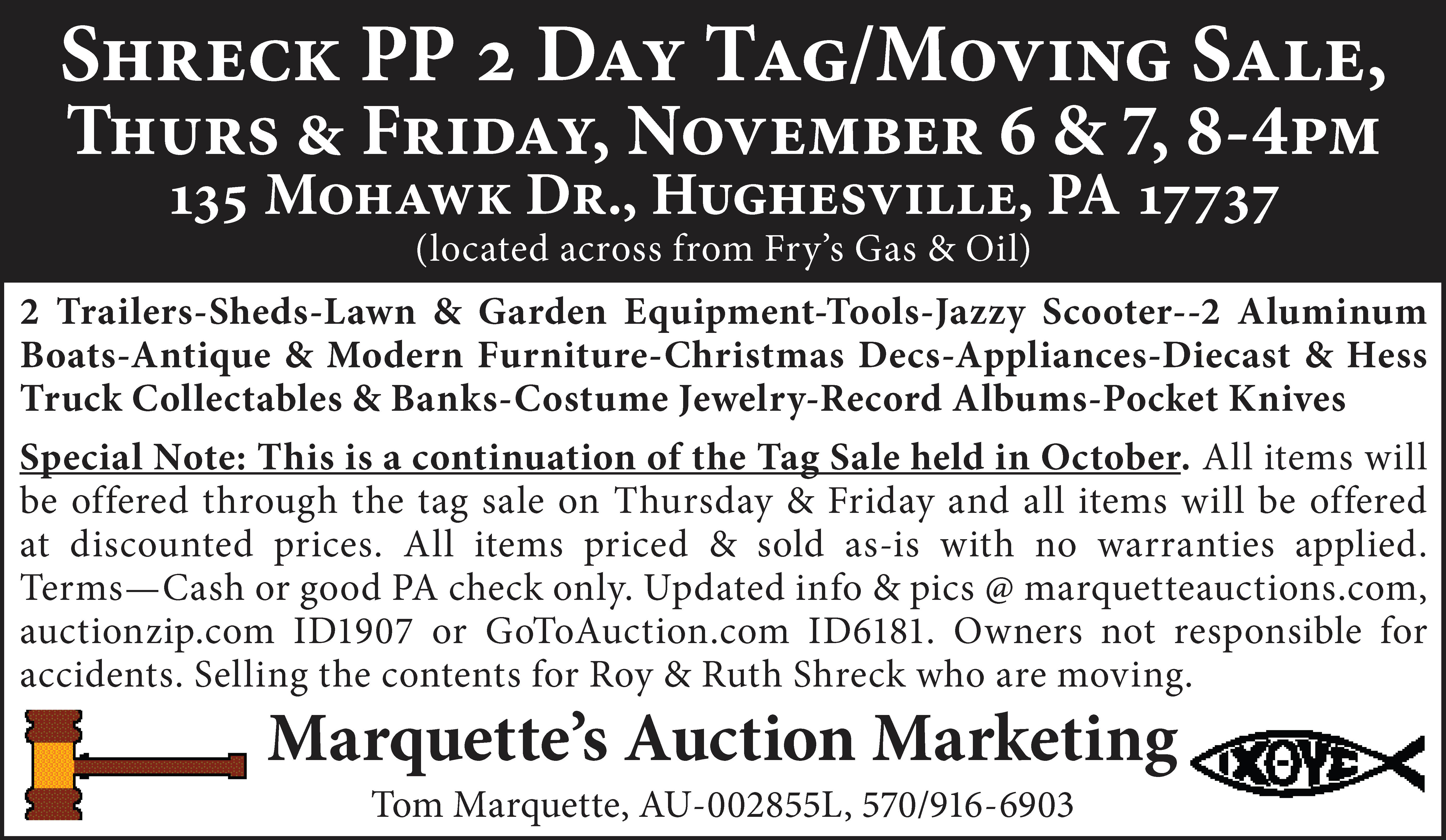Over the past few weeks, we’ve been exploring the vast number of artificial lures available to today’s bass fishermen; we’ve probed the bottom and worked the mid-depth ranges, so now let’s “scratch the surface.” I know that the phrase “scratch the surface” usually conjures up the thought that we may barely touch on the subject, but I’m thinking in the more literal sense-actually “disturbing” the surface. Hooking into a bass at any depth in a river or lake is always fun and exciting, but you can bet most bass fishermen will tell you that hooking one on a surface lure is one of the most exciting ways to fish for bass.
Fishing topwater lures is very dependent on the time of year, water temperature, surface conditions, and other factors, but at times it can be a top producer. I’ll never forget when I was in high school, I made my way to the local lake and waded out in my blue jeans and sneakers. I tied on a black jitterbug, one of the only lures I owned, and began casting to the nearest stump sticking out of the water. The jitterbug was one of the very few surface lures at the time, and its big concave lip and enticing wobble made it a top choice for topwater bass fishermen. After a couple of tries, I dropped the lure close to the stump, let it settle, and then began the slow wobbling retrieve. The water erupted under the lure, and one of my biggest bass ever was hooked — so was I.
Needless to say, I began adding more jitterbugs and other crawler baits like the Crazy Crawler to my tackle box, and anytime another topwater made an appearance, I grabbed it up. I still use the jitterbug, but there are a lot of other topwater producers you should consider.
Other favorites are the chugger type lures; these hard-bodied floating plugs have a flat or concave face that makes a chugging or popping sound when twitched. Not a good choice in weed-choked water but good in open water. Try varying the retrieve to see what entices more strikes. Stickbaits, sometimes referred to as pencil plugs, differ from the chugger in that they are more torpedo-shaped at both ends but mastering the twitching retrieve that makes the lure zigzag across the surface can be very effective. This “walk the dog” action as it is known can sometimes produce when no other topwater lure does.
Propbaits are also good to have on hand; a spinning prop at one end or both ends can sometimes produce an action or disturbance that will bring vicious strikes. Don’t be afraid to experiment; a slow, steady retrieve is a good start, but try some stop and go as well. Another way to create a steady surface disturbance is with a buzzbait. This lure usually involves a skirted jig or spoon attached to a straight metal shaft with a bladed spinner riding above it. After casting, you begin an immediate retrieve that causes the blade to churn the surface; this can be a good choice for muddy, calm surface water.
Another surface lure that you don’t want to be without is the hollow, soft plastic, weedless frog type poppers. I’ve actually cast these lures right on top of a bed of lily pads and slowly jerked and stopped the lure when it came to an opening in the pads-be ready for an explosive strike.
Most avid bass fishermen don’t pursue bass with a flyrod, but if you want some great surface action and you know how to use a flyrod, don’t hesitate to tie on a surface popper and work it with varying retrieves. A buddy of mine picked up over a dozen nice smallmouths one afternoon on a stretch of the river.
By the way, a spinnerbait, a floating minnow type lure, and even a weedless metal spoon, although not known as surface lures, can all be worked on the surface with great success. Try a floating Rapala wiggled gently on the surface sometime but be ready for some arm jolting strikes. Good bass fishing this summer.




Leave a Comment
Your email address will not be published. Required fields are marked with *